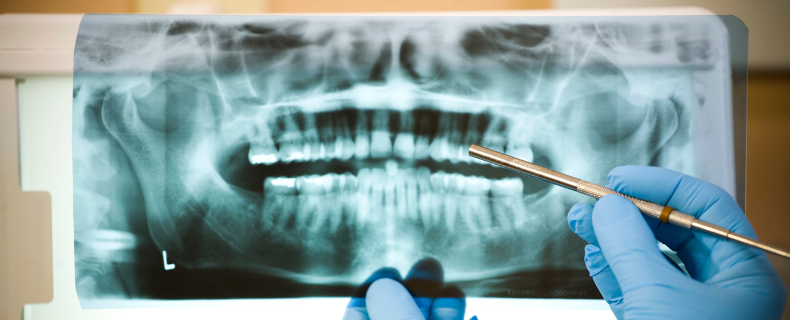
San Francisco and Marin CA
Although root canals have an unfortunate – and largely underserved – reputation as a major, excruciating oral surgery, they are actually much less elaborate and far less painful than what is usually feared.
Simply put, a root canal is a dental operation or set of them which saves teeth and spares patients a lot of pain. They are recommended when a tooth has more decay than a filling can correct. The result of a root canal is teeth that are strengthened, beautified, and no longer a source of ache and discomfort. Root canals are not lengthy procedures (often taking less than an hour, though there may be a brief follow-up, which also takes less than an hour). Nor are they agonizing, since the tooth and surrounding area are numbed by anesthesia.
Under what circumstances will a patient need a root canal? And what exactly happens during one?
When are root canals required?
The human mouth always contains a certain amount of naturally occurring bacteria in it. These bacteria include one known scientifically as Streptococcus mutans. S. mutans produces lactic acid, which reacts with dental enamel (the hard, white outer casing of teeth) and causes it to break down. This process is known as demineralization. Demineralization of dental enamel is reversed by the various ions in saliva (which fluoridated water helps bind to the teeth, while also neutralizing the acid), so if the bacteria does become excessive and therefore does not produce acid to overpower the saliva, teeth remain healthy.
However, under a certain set of circumstances, the acid can rise to high enough levels that it will etch the teeth, allowing the bacteria to build up on it and form a film called plaque. The bacteria will then emit acid directly onto the teeth, and over time can wear pits or even holes into the enamel, which can expose the tissue of the tooth which lies beneath. Such pits and holes are what are known as cavities or caries (from the Latin word caries, which means “decay”). However, a dentist can detect these during a checkup, and if they have not become too large, the cavities will usually be treated by a filling, which – as their name implies – acts to “fill” the cavity to protect the tooth.
However, the decay may have gotten so extensive as to have worn through the enamel, allowing acid through to the tissue underneath (called dentin). The acid may even have worn into the deepest part of the tooth known as the pulp. Injury to the tooth may have the same unfortunate consequence. This acid can cause the pulp to become inflamed, leading to infection. When this happens, the infection may spread into the roots of the teeth (causing a pocket of decay called an abscess) and may even endanger the bone of the jaw.
When this occurs, an intervention greater than a filling will be required to save the tooth. This is when a root canal is performed. All dentists have been trained in performing root canals, but some may be more comfortable referring the patient to an endodontist, a specialist in treating the internal parts of the tooth.
The root canal itself
When a patient goes into a root canal, the first thing that occurs is that an anesthetic is given to ensure no pain is felt. While the anesthesia takes effect, a latex barrier is placed to keep the tooth clean and dry.
Next, the endodontist will use a tool resembling a small drill to create a passageway into the tooth. He or she will then rinse the interior using a disinfecting liquid and will take out the pulp and nerve of the tooth. (This sounds alarming, but an adult tooth does not need the pulp or nerve to function.) This leaves behind a “canal” where the pulp once was, and this canal is then cleaned, shaped, and occasionally enlarged with another dental tool.
The canal is then cleaned of any debris and sealed with a substance called gutta-percha, a non-toxic and mildly antimicrobial, rubber-like material. A temporary filling is then placed over the hole, and then the whole tooth is usually also covered with a temporary crown. This will allow the patient to eat and speak normally once the anesthesia has worn off, which often takes less than four hours. At a follow-up appointment, a permanent crown made of porcelain or porcelain over metal will be placed. This will mimic the appearance, feel, and – most importantly – the function of the original tooth.
Alternatively, the permanent crown can be installed the same day, assuming it has been made ahead of time.
Getting a root canal
Over the last five decades, significant advancements in technique, tools, materials, and pharmaceuticals have resulted in root canals can be performed quickly with practically no pain. It is a safe and effective alternative to tooth extraction, and if it is recommended by a dentist, it need not be a cause for anxiety.
Root Canal Treatment in the Bay Area of California
Glen Park Dental is here to serve you in the Marin and San Francisco areas in California. Visit us online or call us at (415) 585-1500 to schedule an appointment today.


